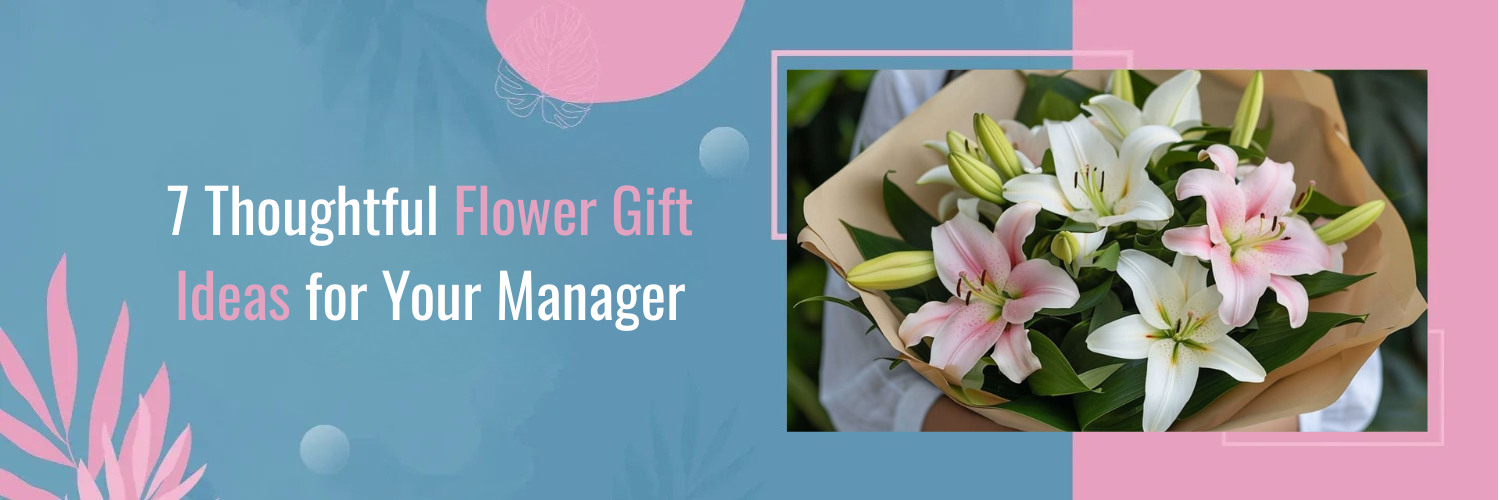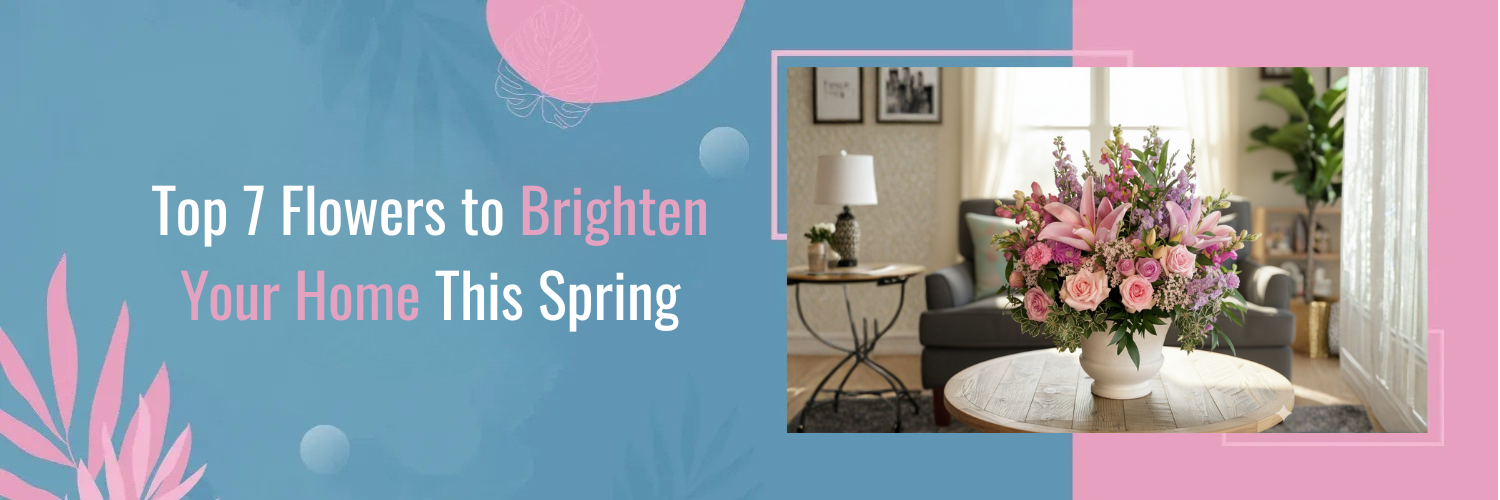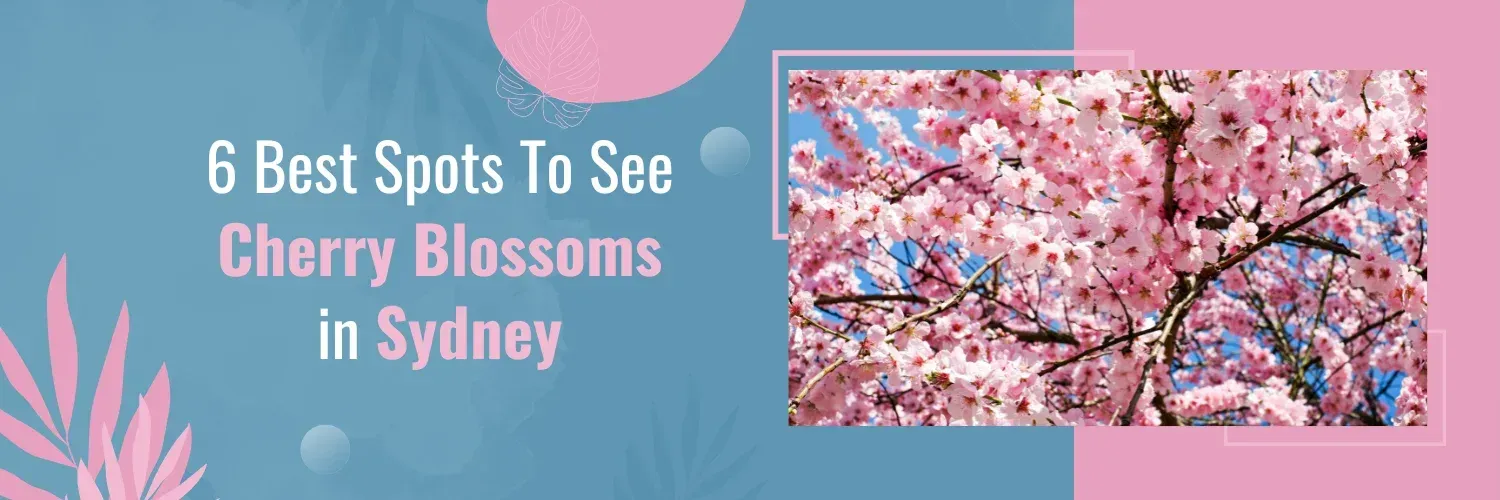Flowers that Grow In Shade
Designing a shade-friendly flower bed can transform a seemingly challenging gardening space into a lush and vibrant oasis. Shade gardens offer a unique opportunity to explore a wide variety of plant species known for their beauty and adaptability to lower light conditions. However, creating a successful shade garden requires careful planning and consideration. In this blog, we’ll delve into the importance of designing a shade-friendly flower bed, the appeal of shade-loving plants, and the challenges you might encounter in shaded areas. By the end of this guide, you’ll have a comprehensive understanding of how to create and maintain a thriving shade garden that suits your style and preferences.
Assessing Your Shade Conditions
One of the first steps in designing a shade-friendly flower bed is to understand the specific shade conditions in your garden. Shade isn’t a one-size-fits-all category; it comes in various forms, including full shade, partial shade, and dappled shade. The amount of sunlight your flower bed receives can significantly impact plant selection and overall garden design. You can determine the shade levels by observing your garden throughout the day and noting which areas receive direct sunlight and which remain in shadow.
Tools and methods can also help in this assessment. Shade analysis apps and sun charts can provide detailed insights into the shade patterns in your garden. Additionally, consider the influence of nearby structures and trees, as they can cast shadows that change throughout the day and across seasons. A thorough understanding of your shade conditions will lay the foundation for your shade garden’s success.
Choosing the Right Shade-Loving Plants
Selecting the right shade-loving plants is a critical step in designing a shade-friendly flower bed. Shade gardens offer a unique opportunity to cultivate a diverse range of plant species that thrive in lower light conditions. In this section, we’ll delve deeper into the process of choosing the perfect shade-loving plants for your garden.
Exploring Popular Shade-Loving Plant Varieties
- Hellebores: Hellebores, often referred to as Lenten roses, are renowned for their early spring blooms. They come in various colours and can provide an elegant touch to your shade garden.
- Hostas: Hostas are beloved for their lush foliage, available in a multitude of shapes, sizes, and shades of green. They are a staple in many shade gardens and can add texture and visual interest.
- Ferns: Ferns are classic shade-loving plants known for their delicate fronds. They come in a variety of sizes and shapes, from the airy maidenhair fern to the robust ostrich fern.
- Bleeding Heart (Dicentra spectabilis): The bleeding heart plant boasts distinctive, heart-shaped flowers that dangle gracefully. It’s an excellent choice for adding a touch of romance to your shade garden.
- Astilbe: Astilbe offers feathery plumes of flowers in shades of pink, white, and red. Their vibrant blooms contrast beautifully with lush, dark green foliage.
- Coral Bells (Heuchera): Coral Bells are prized for their colourful foliage, which comes in various shades, including vibrant purples, oranges, and silvers. They add a pop of colour to shaded areas.
- Japanese Forest Grass (Hakonechloa macra): This grass-like plant with graceful arching leaves is a superb choice for adding a unique texture to your shade garden.
Factors to Consider When Selecting Shade-Loving Plants
- Soil Type: Assess your soil’s composition and pH levels. Some shade-loving plants thrive in acidic soil, while others prefer more alkaline conditions. Adjust your plant selection accordingly.
- Moisture Levels: Consider the moisture levels in your shaded area. Some plants prefer consistently moist soil, while others can tolerate drier conditions once established. Matching plant preferences to your garden’s moisture levels is crucial.
- Hardiness Zones: Check your hardiness zone to ensure the plants you choose are suitable for your local climate. Shade-loving plants vary in their cold or heat tolerance, so selecting plants that can thrive in your zone is essential.
Tips for Creating a Visually Appealing and Balanced Plant Palette
- Contrast and Complement: Aim for a mix of plant species that provide contrast and complement each other. Combine plants with varying foliage textures, sizes, and colours to create a visually engaging garden.
- Bloom Times: Select shade-loving plants with different bloom times to ensure continuous interest throughout the growing season. Some plants flower early in spring, while others shine in summer or fall.
- Evergreen Varieties: Incorporate evergreen shade-loving plants to maintain garden interest even during the winter months when deciduous plants lose their leaves.
- Layering: Create depth in your garden by arranging plants in layers. Place taller species at the back and shorter ones at the front to maximize visibility and aesthetics.
Designing the Layout and Structure
The layout and structure of your shade flower bed play a crucial role in its overall aesthetics and functionality. Start by planning the shape and size of your garden bed. Irregular shapes can add visual interest, while well-defined borders can provide a sense of structure.
When arranging plants, consider their growth habits, sizes, and compatibility. Proper spacing is essential to ensure each plant thrives without competing for resources. Incorporating hardscape elements like pathways, borders, and focal points can enhance the garden’s design and make it more accessible.
Soil Preparation and Maintenance
Soil preparation and maintenance are fundamental aspects of designing a successful shade-friendly flower bed. Shade gardens, like any other, rely on healthy soil to provide the necessary nutrients and growing conditions for your plants. In this section, we will explore the steps involved in preparing and maintaining the soil in your shade garden.
Preparing the Soil for Shade-Loving Plants
- Amending the Soil: Shade-loving plants, like all plants, benefit from well-amended soil. Before planting, amend the soil with organic matter such as compost or well-rotted leaf mulch. This improves soil structure, drainage, and nutrient content. Aim to incorporate amendments at least several inches deep into the soil.
- Mulching: Apply a layer of organic mulch around your shade-loving plants. Mulch helps retain soil moisture, suppress weeds, and maintain a more consistent soil temperature. Organic mulches like shredded leaves or wood chips also break down over time, adding nutrients to the soil.
- pH Adjustments: Some shade-loving plants have specific pH preferences. Test your soil’s pH and adjust it as needed. For example, if your soil is too acidic for a particular plant, you can add lime to raise the pH, or if it’s too alkaline, you can amend it with sulphur to lower the pH.
Watering Strategies for Shaded Flower Beds
- Consistent Moisture: Shaded areas often have less direct sunlight and slower evaporation rates, so it’s essential to maintain consistent soil moisture. Water deeply and regularly to keep the soil evenly moist but not waterlogged.
- Mulch as Moisture Retention: Mulch not only helps with weed control but also acts as a moisture-retaining barrier. It reduces water evaporation and helps maintain soil moisture levels, especially during dry periods.
- Monitor Plant Needs: Different shade-loving plants have varying water requirements. Be mindful of each plant’s needs, and adjust your watering routine accordingly. Some plants may thrive with less frequent watering, while others may require more attention.
Fertilization and Organic Matter
- Fertilization: Shade-loving plants benefit from regular fertilization, particularly in spring when they are actively growing. Use a balanced, slow-release fertilizer to provide essential nutrients. Be cautious not to over-fertilize, as this can lead to excessive growth or nutrient imbalances.
- Organic Matter: Continue to add organic matter to your soil annually or as needed. Organic matter not only improves soil structure but also encourages beneficial microorganisms that aid in nutrient availability to plants.
Controlling Pests and Diseases
- Regular Inspection: Inspect your shade garden regularly for signs of pests and diseases. Catching problems early can prevent them from spreading and causing significant damage.
- Integrated Pest Management (IPM): Implement an integrated pest management approach, which involves using a combination of methods, such as physical removal of pests, introducing beneficial insects, and using organic or chemical controls when necessary.
- Good Air Circulation: Ensure good air circulation within your garden, as this can help prevent fungal diseases that thrive in damp, shaded conditions. Proper spacing between plants can aid in this.
- Pruning and Deadheading: Prune diseased or dead plant material promptly and deadhead spent flowers to reduce the risk of diseases and encourage healthy growth.
Seasonal Care and Maintenance
Seasonal care and maintenance are essential for the long-term success and health of your shade garden. Different seasons bring varying requirements and challenges for your shade-loving plants. In this section, we’ll explore year-round care routines and specific tasks you should perform during each season to keep your shade garden thriving.
Year-Round Care Routines for Shade Gardens
- Regular Inspection: Regardless of the season, regular inspection of your shade garden is essential. Check for signs of pests, diseases, or any issues affecting your plants’ health. Early detection allows for prompt intervention.
- Weeding: Weeds can compete with your shade-loving plants for nutrients and space. Continuously remove weeds as they appear to prevent them from establishing and spreading.
- Mulch Maintenance: Refresh the mulch layer around your plants as needed. Mulch can break down over time and lose its effectiveness in retaining moisture and suppressing weeds.
Spring
- Spring Planting: Spring is an ideal time to introduce new plants to your shade garden. Plant perennials, annuals, and any shade-loving bulbs you want to include.
- Pruning: Prune back any dead or damaged branches and stems. Spring is also the right time for light pruning to shape your plants and encourage new growth.
- Fertilization: Apply a balanced, slow-release fertilizer to provide a nutrient boost as your plants enter their active growth phase.
- Dividing Perennials: If your shade-loving perennials have become overcrowded, consider dividing and replanting them to maintain healthy growth.
Summer
- Watering: Summer can bring hot, dry spells. Ensure your shade garden receives adequate water to keep the soil consistently moist. Deep watering is particularly important during heatwaves.
- Deadheading: Regularly deadhead spent flowers to encourage continuous blooming and maintain the garden’s overall appearance.
- Pest and Disease Management: Keep an eye out for common summer pests like aphids and spider mites. Implement pest control measures as needed to protect your plants.
Fall
- Fall Planting: Many shade-loving plants can be planted in the fall when temperatures are cooler. Take advantage of this time to add new specimens to your garden.
- Leaf Removal: As leaves begin to fall, remove them from your garden beds. A thick layer of leaves can smother your plants and create a habitat for pests and diseases.
- Overwintering: Some shade-loving plants may require extra protection during the winter months. Apply mulch or a protective layer of leaves around the base of these plants to insulate them from freezing temperatures.
Winter
- Pruning: Prune any dead or damaged branches during the dormant winter months. This helps maintain the overall shape of your plants.
- Winter Watering: In regions with mild winters, continue to water your shade garden as needed. Plants still require moisture during the dormant season.
- Snow and Ice Removal: If heavy snow or ice accumulates on branches or foliage, gently remove it to prevent damage to your plants.
- Wildlife Considerations: Provide food and shelter for wildlife that may visit your garden during the winter months. Bird feeders, birdbaths, and suitable plants can attract and support wildlife.
Creative Design Ideas for Shade-Friendly Flower Beds
Creating a visually captivating shade-friendly flower bed involves more than just selecting the right plants; it’s about designing a space that feels unique and inviting. In this section, we’ll explore creative design ideas to help you transform your shade garden into a visually stunning oasis.
Implementing Themed or Color-Coordinated Shade Gardens
- Monochromatic Gardens: Choose a single colour and build your shade garden around it. For example, a white garden with plants like White Bleeding Heart, Astilbe, and White Hydrangeas can create a serene and elegant atmosphere.
- Cottage Garden: Create a rustic and charming atmosphere by combining a mix of shade-loving perennials like Hostas, Foxgloves, and Coral Bells with hardscape elements like rustic fences or pathways made of natural materials.
- Moonlight Garden: Design a garden meant to be enjoyed in the evening. Include plants with silvery or variegated foliage, such as Silver Lamium, Japanese Painted Fern, and Variegated Solomon’s Seal. Add subtle lighting to enhance the nighttime ambience.
- Fairy Garden: Infuse a sense of whimsy and magic by incorporating miniature plants, tiny garden accessories, and hidden pathways that invite imaginative play for children and adults alike.
Designing a Woodland-Inspired Shade Garden
- Native Plants: Use native woodland plants that thrive in your region to create a garden that feels like a natural forest. Native ferns, trilliums, and Virginia bluebells can form the foundation of your woodland garden.
- Moss and Ferns: Incorporate moss and ferns for an authentic forest floor look. Moss-covered rocks and logs can add texture and visual interest.
- Tree Stumps and Logs: Integrate tree stumps and logs as natural seating or decorative elements. They blend seamlessly into a woodland-themed garden.
- Shade-Loving Trees: If space permits, plant shade-loving trees like dogwoods, redbuds, or Japanese maples to provide dappled shade and a more authentic woodland feel.
Combining Shade-Loving Annuals and Perennials
- Continuous Blooms: Pair perennial shade-loving plants with annuals that bloom at different times of the year. For example, mix Bleeding Hearts with Impatiens for early season colour, and add Begonias for summer and fall blooms.
- Texture Contrast: Experiment with different textures by combining fine-textured plants like ferns with bold-textured annuals like Coleus. The contrast adds depth and visual interest.
Using Shade-Tolerant Ground Covers
- Vinca Minor: Vinca, also known as periwinkle, forms a dense, evergreen ground cover with lovely blue flowers.
- Lily of the Valley: With its delicate white bell-shaped flowers and sweet fragrance, this ground cover can create a charming atmosphere.
- Ajuga: Ajuga, or bugleweed, comes in various foliage colours and adds both colour and ground cover to your shade garden.
- Creeping Jenny (Lysimachia nummularia): Its bright yellow foliage can brighten up shaded areas while providing ground coverage.
Tips for Attracting Wildlife to Your Shade Garden
- Birdhouses and Feeders: Install birdhouses and bird feeders strategically throughout your shade garden. Different bird species have varying preferences, so consider offering a variety of seeds and feed to attract a diverse avian population.
- Birdbaths: Birdbaths provide a source of water for birds to drink and bathe. Birds are drawn to the sound of moving water, so consider adding a small fountain or dripper to make your birdbath even more appealing.
- Butterfly-Friendly Plants: Include nectar-rich plants that attract butterflies. Native species like Joe-Pye weed, butterfly bush, and milkweed are excellent choices. Butterflies will not only grace your garden with their beauty but also assist in pollination.
- Pollinator Plants: Shade gardens can support various pollinators. Choose plants that attract bees and other beneficial insects. Examples include asters, bee balm, and native woodland flowers .
- Wildlife Habitats: Create nooks and crannies in your garden that provide shelter for small wildlife. Fallen logs, rock piles, or brush piles can serve as hiding spots for birds, insects, and small mammals.
- Leave Some Wildness: Don’t be too quick to tidy up your garden. Allow some areas to grow a bit wild, with leaf litter and decaying wood, which can attract insects and provide habitat for small creatures.
- Hummingbird Feeders: If you have hummingbirds in your area, hang up a hummingbird feeder with a sugar-water solution to attract these tiny, delightful birds.
- Avoid Chemicals: Minimize the use of pesticides and herbicides in your garden, as they can harm the very wildlife you’re trying to attract. Opt for natural pest control methods whenever possible.
Low-Maintenance Shade Garden Ideas
- Native Plants: Native plants are well-suited to your local climate and soil conditions, reducing the need for special care. They also support local wildlife and pollinators.
- Ground Covers: Use shade-tolerant ground covers like Pachysandra, Lamium, or Sweet Woodruff. They suppress weeds, reduce the need for mulching, and require minimal maintenance.
- Mulching: Apply a thick layer of mulch in the spring to help retain moisture, suppress weeds, and insulate the soil. Mulch also breaks down over time, enriching the soil.
- Minimal Pruning: Choose shade-loving plants that naturally maintain their shape and size without excessive pruning. Avoid high-maintenance shrubs and trees that require frequent trimming.
- Weed Barrier: Lay down a weed barrier fabric under your mulch to prevent weed growth and reduce the need for weeding.
- Self-Sufficient Plants: Select plants that are adapted to your local climate and soil conditions, as they are more likely to thrive with minimal intervention.
- Drought-Tolerant Varieties: If your region experiences periodic drought, opt for shade-loving plants that are also drought-tolerant. They will require less frequent watering.
- Choose Disease-Resistant Varieties: Research and choose plant varieties that are less susceptible to common diseases in your area, reducing the need for chemical treatments.
Conclusion
By comprehending your unique shade conditions, carefully choosing the perfect plants, and crafting a thoughtful design, you can cultivate a shade garden that flourishes and enchants throughout the changing seasons. Gardening in the shade is an incredibly rewarding endeavour, with the lush beauty of shade-loving plants bringing lasting joy to your outdoor space. We wholeheartedly encourage you to unleash your creativity and explore the possibilities in your shade garden.
As you embark on this botanical adventure, consider adding a touch of floral elegance to your life. Why not order some fresh flowers from Bourkes Floris t to elevate your garden’s beauty and bring a burst of nature indoors? Let the vibrant colours and fragrant blooms remind you of the wonders of your shade garden. Transform your space by placing your order today.
FAQs
Q: What are some common challenges when designing a shade-friendly flower bed?
Designing a shade garden can be challenging due to limited sunlight, which affects plant selection and growth. Soil quality and moisture levels can also be more challenging to control.
Q: Can I grow vegetables in a shaded area?
Most vegetables require full sun to thrive, so a heavily shaded area may not be suitable for vegetable gardening. However, some leafy greens and herbs can tolerate partial shade.
Q: How do I know if a plant is suitable for a shade garden?
Look for plants labelled as “shade-loving,” “partial shade,” or “full shade.” Additionally, consider the specific shade conditions in your garden and match plants accordingly.
Q: What are the best tools for assessing the shade conditions in my garden?
Shade analysis apps and sun charts are excellent tools for assessing shade conditions. You can also observe your garden throughout the day to understand how shadows shift.
Q: Are there any specific pests or diseases I should watch out for in shade gardens?
While many pests and diseases can affect shade gardens, be vigilant for issues like slugs and snails, which thrive in damp, shaded environments.

























